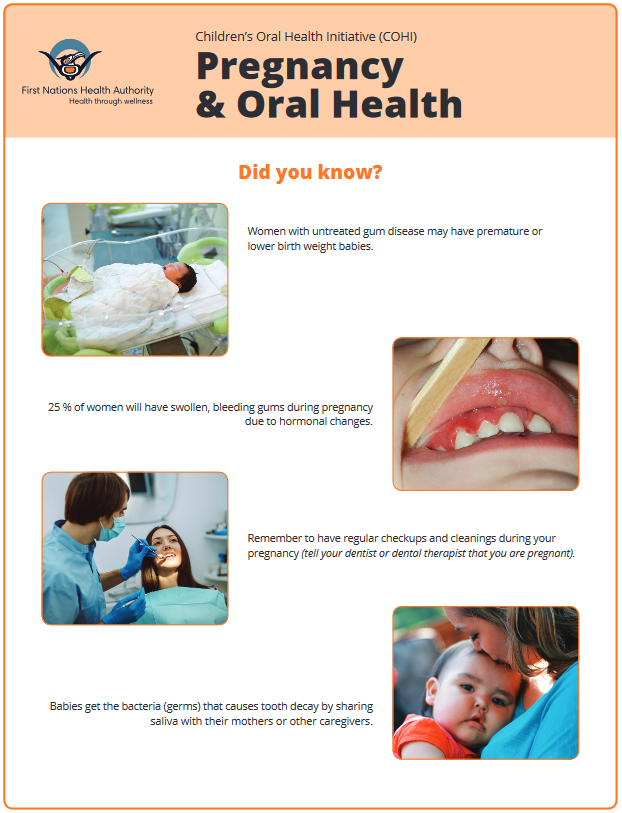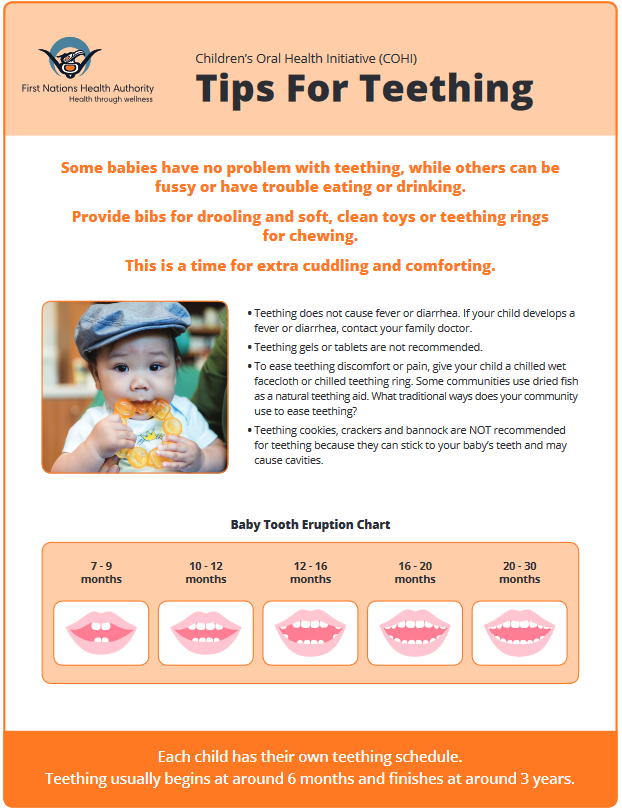First Nations Oral Health in Canada
- ALeeRDH

- Jul 13, 2019
- 2 min read
Updated: Aug 1, 2019

In previous weeks I have discussed the importance of oral health among various populations. This week I will take a look at First Nations oral health, with a focus on children’s oral health. Indigenous populations are found throughout Canada, making up 4% of the Canadians population. The majority of First Nations people in Canada reside in Ontario and the four western provinces, with the lowest number residing in northern communities in the Yukon, Northwest Territories and Nunavut (Statistics Canada, 2015). First Nation reserves can be found throughout the provinces, but are often in rural or remote areas; these areas often have decreased access to dental care. In Northern communities for example, there is often a lack of permanent dentists serving the area. One organization that aims to bring dentists to Nunavut is Nunavut Innovative Health Solutions (NIHS). This organization targets dentists, dental specialists, denturists, and dental assistants and provides the opportunity to visit communities in Nunavut for a minimum of four weeks to provide dental care (Nunavut Innovative Health Solutions, n.d.).
Children's oral health is of particular concern in First Nations communities. The First Nations Oral Health Survey (2009-2010) reported shocking data about the prevalence of dental decay among First Nations children.
"Approximately 86% of preschool children aged 3–5 years had experienced dental caries, with a mean of 7.62 primary (baby) teeth affected, and out of those 2.68 (35.2%) teeth remained untreated. The prevalence of coronal caries in school children aged 6–11 years was 93.9% and the mean caries severity score showed 6.58 teeth affected, whereas only 1.10 (16.7%) teeth remained untreated."
(First Nations Information Governance Centre, 2011, p. 7)
Prevention and promotion of good oral health practices is important early in life to establish healthy life-long habits. In 2004, Children’s Oral Health Initiative (COHI) was launched to help prevent dental disease and promote good oral health practices among First Nations individuals. The program targets three main groups:
pregnant women and caregivers
pre-school children 0-4 years of age
school children 5-7 years of age
(Health Canada, 2016)
The COHI provides posters with simple effective messages about oral health for each age group seen below:




(First Nations Health Authority, n.d.)
I'm glad to see that a reduction of sugar consumption is a key message for oral health in these communities. I am hopeful that these messages will make a difference, but from experience, I can confidently say that in 2019 childhood decay among First Nations individuals is still an issue. As an RDH I can teach the child and caregivers while they are in the office about good oral hygiene techniques and products, nutrition and oral health, and the importance of regular dental check-ups. Once they leave, I hope that these messages will stay with them, and help to foster positive oral health habits.
References:
First Nations Health Authority. (n.d.). Children's Oral Health Initiative//. Retrieved July 5, 2019, from http://www.fnha.ca/what-we-do/maternal-child-and-family-health/childrens-oral-health-initiative
First Nations Information Governance Centre. (2011). Report on the Findings of the First Nations Oral Health Survey (FNOHS) 2009-2010 National Report. Retrieved July 5, 2019 from https://fnigc.ca/sites/default/files/docs/fn_oral_health_survey_national_report_2010.pdf
Health Canada. (2016, March 23). Government of Canada. Retrieved July 5, 2019, from https://www.canada.ca/en/health-canada/corporate/about-health-canada/activities-responsibilities/strategies-initiatives/first-nations-inuit-health-strategies-initiatives.html
Nunavut Innovative Health Solutions. (n.d.). Nunavut Innovative Health Solutions. Retrieved July 5, 2019, from http://nihs.ca/
Statistics Canada. (2015, November 30). Aboriginal Peoples: Fact Sheet for Canada. Retrieved July 5, 2019, from https://www150.statcan.gc.ca/n1/pub/89-656-x/89-656-x2015001-eng.htm



Comments